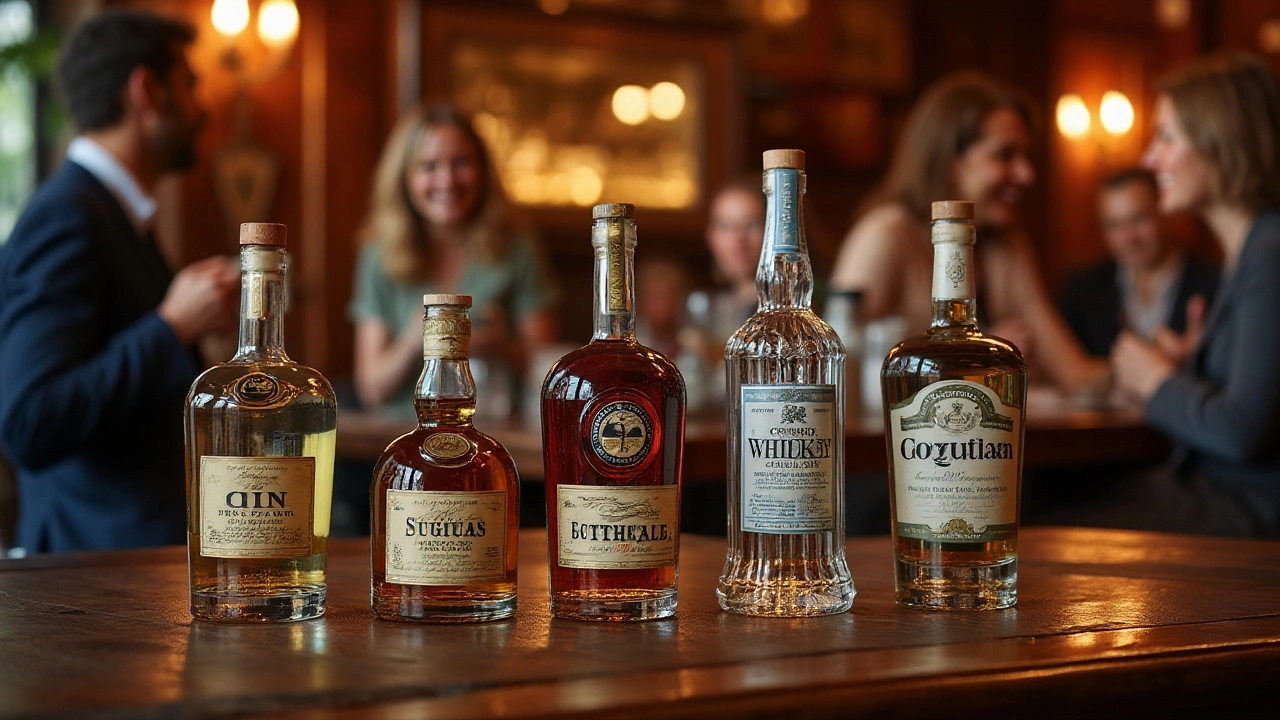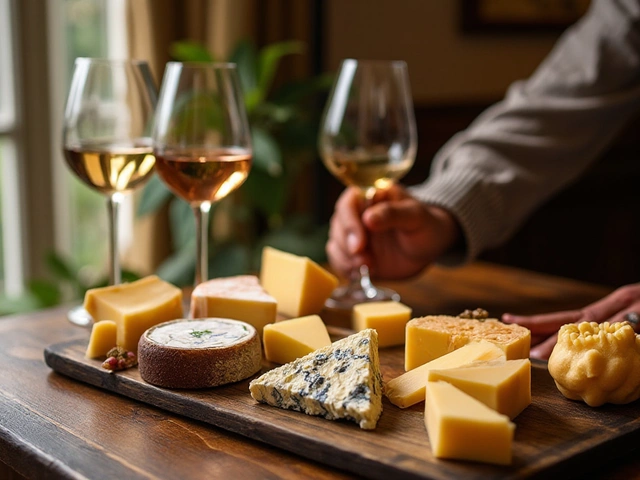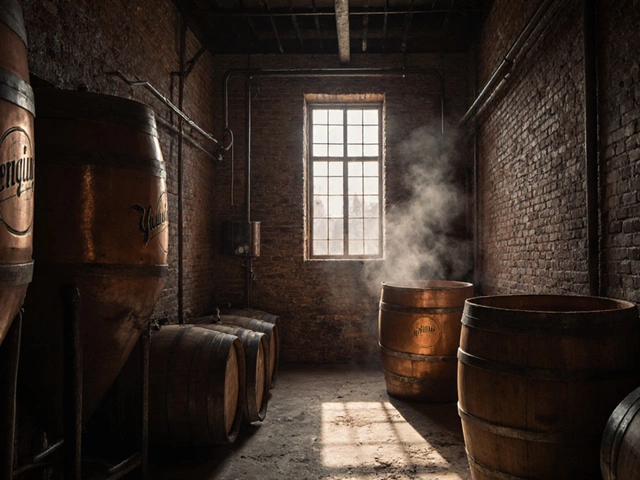Alcohol Tasting Tips, Tricks & Etiquette
If you love sipping, swirling, and talking about drinks, you’ve landed in the right spot. Alcohol tasting isn’t just for experts – anyone can learn to notice flavors, score a pour, and have fun while doing it. Below you’ll find simple steps that work for wine, whisky, beer, and even the odd spirit. No jargon, just useful advice you can try right now.
Getting Your Palate Ready
The best tasting starts before the first sip. Drink a glass of water first – it clears any lingering flavors from coffee or soda. Skip heavy meals for a couple of hours; light snacks like plain crackers keep your tongue neutral. Avoid strong odors like perfume or cooking spices, because your nose does most of the work in tasting. If you’re tasting a range of drinks, keep a notebook handy to jot down quick impressions.
Step‑by‑Step: How to Taste Like a Pro
Start by looking at the color. Hold the glass up to light and note any hue; this can hint at age or strength. Give it a gentle swirl and sniff. Take a short, deep breath – you’ll catch the aroma, which tells you about fruit, oak, or spice. Take a small sip, let it coat your mouth, and think about the three main sensations: sweetness, acidity (or bitterness), and alcohol heat. Finish with the after‑taste – does it linger or fade fast? Jot down one word for each part; it builds a clear profile over time.
Food Pairings & Common Mistakes
Pairing food is easier than you think. For wine, a mild cheese or a handful of almonds balances acidity without stealing the show. Whisky lovers often enjoy dark chocolate or smoked nuts – the richness matches the spirit’s depth. Beer pairs well with salty snacks like pretzels or pizza; the carbonation cuts through richness. Common errors? Drinking on an empty stomach (you’ll feel the alcohol too fast), using overly sweet mixers in a tasting session, or trying to compare drinks that are at very different temperatures. Keep everything at a standard serving temperature – cool for white wine, room temperature for red and whisky, slightly chilled for most beers.
Finally, remember each type of alcohol has its own quirks. Wine benefits from a proper glass shape that guides aromas to your nose. Whisky fans often prefer a tulip‑shaped glass to trap the scent. Beer lovers might use a pint glass for ales and a tulip for IPAs. No need to buy fancy glassware right away; a clean, simple glass works fine as long as it’s the right size for the pour. With these basics, you’ll feel more confident at any tasting event – whether it’s a casual friends night or a formal tasting club. Cheers to exploring flavors and having a good time!
Dive into the fascinating world of spirits as we explore the 7 essential spirit drinks that have captured the palates and imaginations of connoisseurs worldwide. From the complex depths of whiskey to the refreshing zest of gin, each drink tells its own unique story. Learn about their origins, unique traits, and tips on how to truly appreciate each one. Whether you're a seasoned taster or a newcomer, this exploration will enrich your understanding and enhance your tasting experience. Discover the rich tapestry of flavors and traditions that make each spirit special.
View Details

